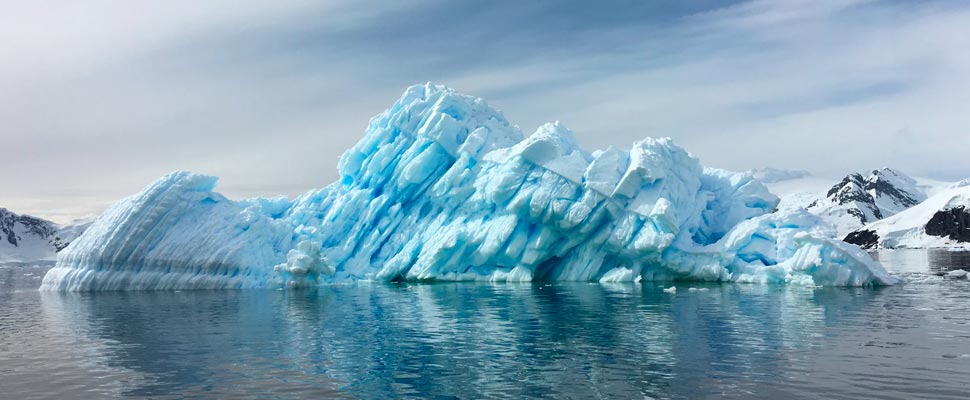What will happen when the glaciers of Latin America completely melt?
99% of tropical glaciers are in the Andes and due to climate change, they are disappearing rapidly. What would be the consequences for Latin American countries?.

Today glaciers cover 10% of planet Earth, but experts consider that in geological times they covered 30%. Photo: Unsplash
LatinAmerican Post | Vanesa López Romero
Listen to this article
Leer en español: ¿Qué pasará cuando los glaciares de Latinoamérica se derritan por completo?
The project "Last glacier of Venezuela" carried out by the ecologist and researcher Luis Daniel Llambí and financed by National Geographic, lets us see a sad reality: we are running out of glaciers . And this may seem like a surprise, because when we think of glaciers we immediately think of the north pole or the south pole, in a white landscape and with polar bears; we do not think about the Andes mountain range, which runs throughout western South America. But as strange as it may seem, 99% of tropical glaciers are found in it.
What are tropical glaciers?
Glaciers are thick masses of snow and ice that occur on land surfaces. For their formation, there is a process of thousands of years of accumulation, compaction, and recrystallization. Today glaciers cover 10% of planet Earth, but experts consider that in geological times they covered 30%.
Although the majority of glaciers are in Antarctica and Greenland, there is a percentage that is found between latitudes 30 ° north and 30 ° south, that is, in Latin America. These are known as tropical glaciers and are distributed throughout the Andes mountain range. According to the Inter-American Development Bank (IDB) 71% of these glaciers are in Peru, 20% in Bolivia, 4% in Ecuador and 4% in Colombia and Venezuela.
What happens if these glaciers disappear?
The environmental crisis that we are going through as a society affects the social, economic, political and cultural spheres. Climate change constantly threatens the melting of glaciers, and tropical ones are no exception. Climate projections have shown that glaciers below 5,000 meters above sea level will most likely disappear by 2050, that is, in just 30 years.
This panorama is worrying considering that glaciers are the largest and most important freshwater reserves on the planet and, although we may not have any idea of their existence, they are an important source of water in our agricultural, industrial and domestic activities. For example, the city of La Paz in Bolivia is supplied by these glaciers. Its disappearance may imply a severe water crisis in the main Latin American cities.
Also read: Colombia Banned Mercury-Added Products
On the other hand, on a cultural level, native peoples have seen their traditions affected by melting glaciers. In Peru, for example, the festival of Qoyllur Rit'i ("Snow Star" in Quechua) has been affected, which, according to National Geographic, consists of "believers using the reflection of the moon cascading over the peaks covered in snow as a guide to ascend the sacred Colque Punku glacier. "
In recent years the glaciers of the Andes have decreased by 30%, and this figure increases as time passes. Today we are about to lose the last glacier in Venezuela, the one that stood for centuries in the Sierra Nevada de Mérida.





